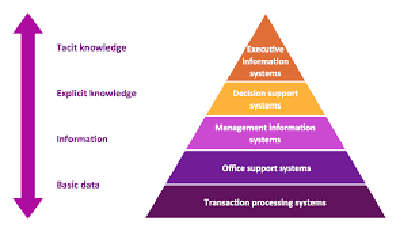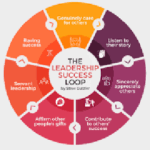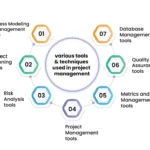An Executive Information System (EIS) is a specialized application system designed to provide senior executives with condensed, high-level information that supports all phases of the management process, including planning, monitoring, and analysis of organizational performance.
Unlike operational systems such as Decision Support Systems (DSS), which are built to support individual, day-to-day decision-making, EIS solutions focus on presenting a comprehensive overview of the entire organization. Their purpose is to assist executives in strategic decision-making by offering real-time access to key insights about company performance.
Core Functions and Features of an EIS:
-
Standardized Reporting: Generation of routine, standardized reports that deliver consistent information to management.
-
KPI-Based Reporting: Aggregation of data into Key Performance Indicators (KPIs) and dashboards to summarize business health.
-
User-Friendly Interface: An intuitive, easy-to-use interface is critical to ensuring high user adoption and efficient data navigation.
-
Condensed Information Presentation: Clear visuals in the form of tables, graphs, and charts provide rapid comprehension.
-
Interactive Analysis Tools: Drill-down capabilities allow users to explore underlying data structures and trace performance deviations.
-
Color Coding & Alerts: Traffic light indicators and visual cues highlight deviations such as performance overruns or shortfalls.
Implementing an EIS: Key Considerations
Before deployment, an information needs analysis must be conducted to determine what data executives require based on:
-
Business structure (e.g., product lines, customer groups)
-
Relevant key metrics
-
Strategic priorities
The system should be tailored so that only decision-relevant information is presented, avoiding data overload.
Technical Foundations of Modern EIS:
Most EIS platforms no longer manage data aggregation independently. Instead, they rely on data warehouses, where information from different sources is consolidated into a centralized, structured database.
EIS solutions often leverage OLAP (Online Analytical Processing) technology to support in-depth data analysis—ideal for strategic oversight, performance tracking, and executive-level reporting.
Summary
An Executive Information System enables leadership to make data-driven decisions by providing timely, targeted, and easy-to-understand information. With features like KPI dashboards, drill-down analysis, and customizable reporting, EIS tools are integral to modern strategic management.
« Back to Glossary Index





![15 Employee Offboarding Templates That Save Hours of HR Time [Free Downloads] 15 Employee Offboarding Templates That Save Hours of HR Time [Free Downloads]](https://i1.wp.com/www.hrcloud.com/hubfs/Header.png?w=150&resize=150,100&ssl=1)
